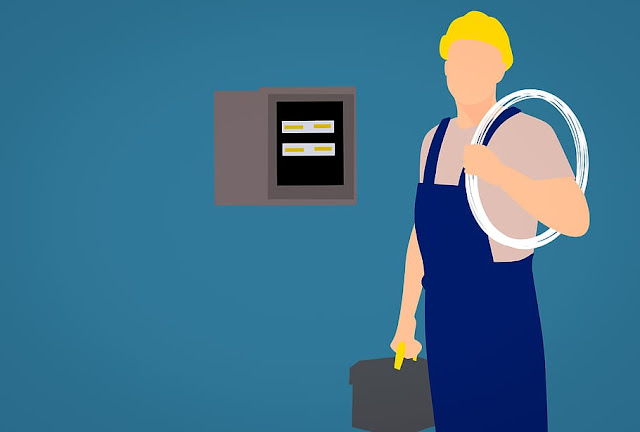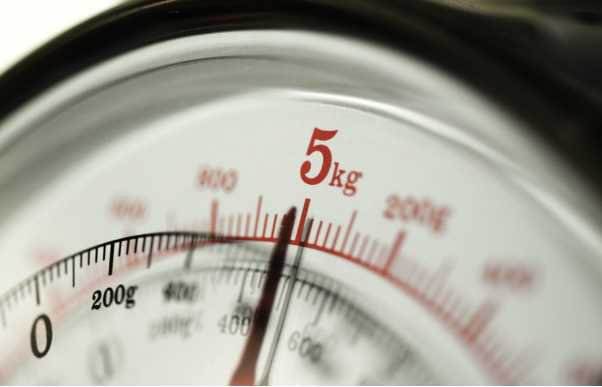Your Complete Guide to Drilling
Drilling is a process that involves using a boring tool to make a circular, deep hole on a hard surface. Drilling has more than thousands of applications in industrial processes and is one of the significant inventions by human civilization.
In this article, we’ve featured a comprehensive guide on drilling and its related valuable instruments.
Types of Drilling
Let’s first discuss the types of drilling.
Micro Drilling
Drilling that involves digging tiny diameters of holes (less than 0.5 mm) is called micro-drilling. It’s done using a high-speed drill that operates at more than 10,000 RPM.
Deep Drilling
Drilling that involves boring very deep holes is known as deep drilling. Deep drilling is widely found in oilfields applications. The ratio of diameter to depth is more than 300:1.
Trepanning
It’s the opposite of deep drilling, where the diameter of the hole is much more than the hole’s depth. It isn't drilling in the true sense but involves removing the hard disk from the surface.
The Drilling Process
The drilling process can be divided into three primary steps.
Step I – Preparation
It involves levelling the potential land for drilling, and the crew gathers all the necessary drilling equipment. Mud pits are built beforehand to separate solids from the drilling fluid.
Step II – Spudding
It's when the drilling process actually begins by creating a shallow hole and a cemented line.
Step III – Completion
Once the well’s last section gets completed, it’s cemented and ready to produce the material from the reservoir.
3 Instruments Useful in Drilling Oilfields
Here’s a list of instruments used in drilling oilfields.
1. Sand/Trash Pumps
These are heavy-duty equipment that takes the deposits of sand/mud/debris away from the drilling site. They’re often used in the oilfield drilling process. Their parts are readily available and replaceable.
2. Pressure Gauges
These are the instruments used to measure the pressure, temperature, or flow parameters across the drilling site. They can withstand harsh environments and extreme heat. Electronic pressure gauges provide more accurate and reliable readings.
3. Shale Shakers
These are some of the essential parts of a solid control system in an oil rig. They help separate the large solids from the drilling fluid. After the removal of mud, they also keep the drill cool.
Get Premium-Quality Drilling Instrumentation at Contact Instruments
Whether you’re looking for reliable pressure gauges or high-quality trash pump parts, Contact Instruments has got you covered.
They offer electronic gauges, standpipe pressure gauges, mud pressure gauges, and other drilling instruments at cost-effective rates in Alberta, Canada.
To learn more about their drilling products, get in touch with them at 780-955-8998.





Comments
Post a Comment